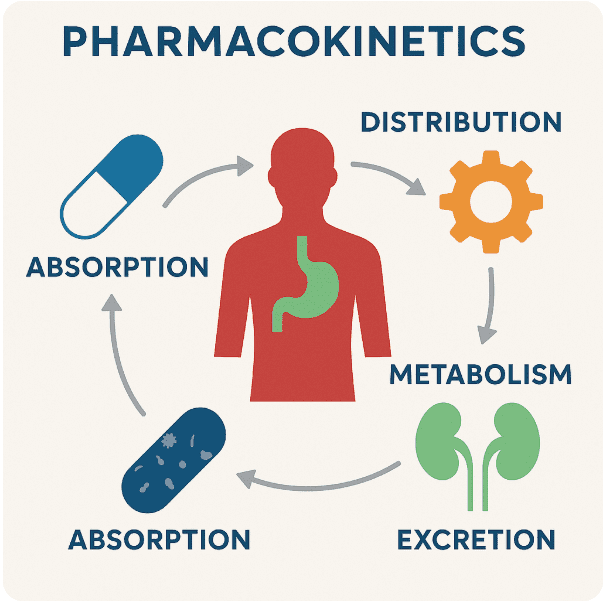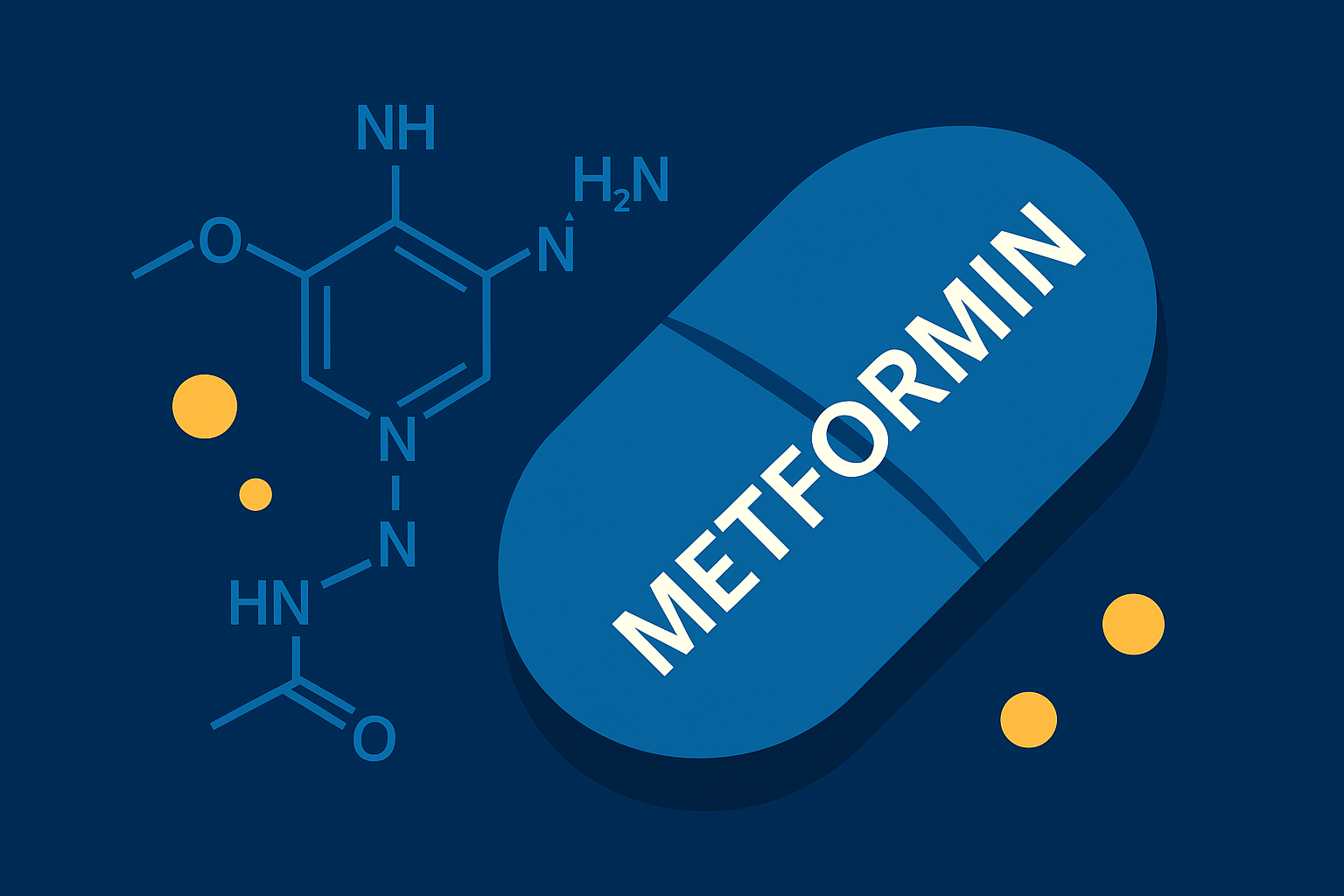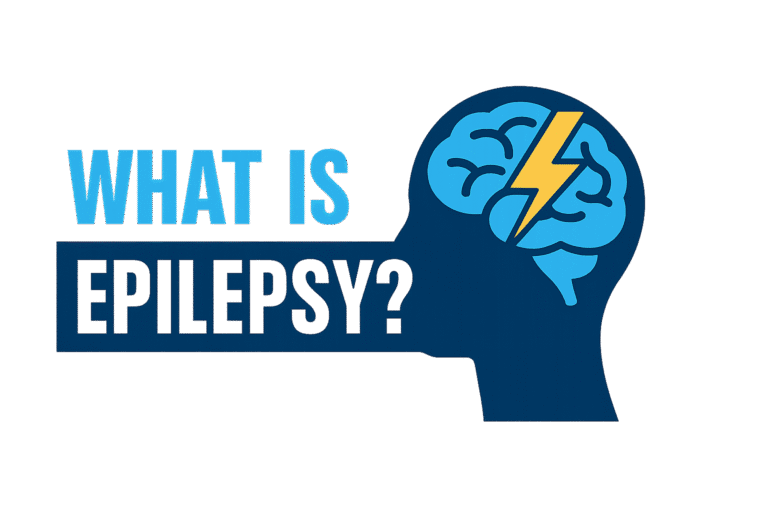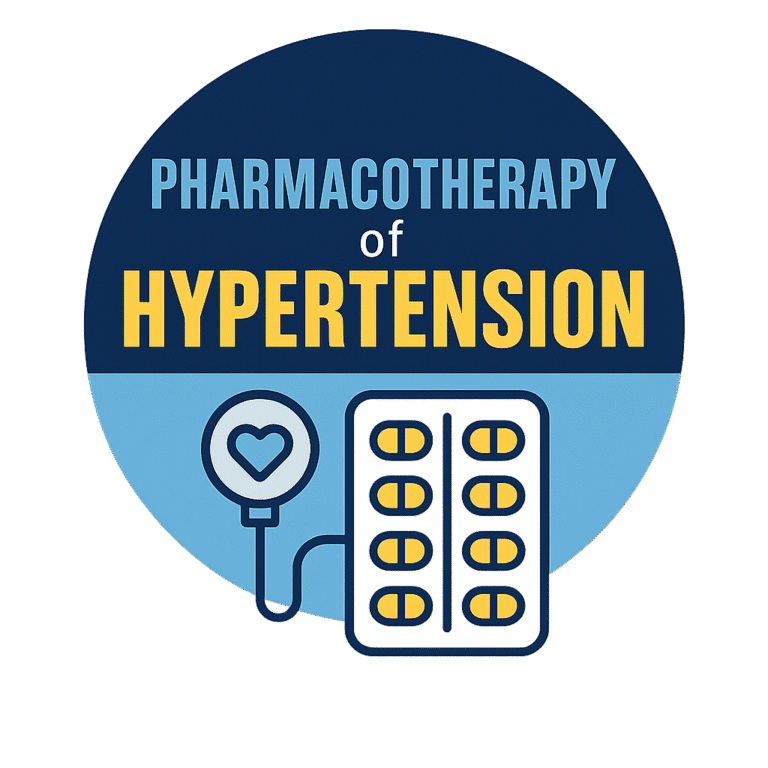Pharmacokinetics: Understanding Drug Distribution
A Key to Drug Efficacy and Safety
Table of Contents
Pharmacokinetics is a fundamental branch of pharmacology that describes how the body affects a drug. It encompasses four key processes: Absorption, Distribution, Metabolism, and Excretion (ADME). Among these, drug distribution plays a crucial role in determining a drug's efficacy and potential toxicity. This blog post will delve into the intricacies of drug distribution, highlighting its importance in pharmacokinetics.

What is Drug Distribution?
Drug distribution refers to the reversible transfer of a drug from the systemic circulation to the body's tissues and organs. After a drug is absorbed into the bloodstream, it doesn't stay confined to the blood vessels. Instead, it disperses throughout various body compartments, reaching its target sites where it can exert its therapeutic effects. The extent and rate of this distribution are influenced by several factors, making it a complex yet vital aspect of pharmacokinetics.
Factors Influencing Drug Distribution
Several factors dictate how a drug distributes within the body:
1. Blood Flow
Organs with high blood flow, such as the heart, liver, kidneys, and brain, receive drugs more rapidly than those with lower blood flow, like muscles, adipose tissue, and skin. This explains why some drugs have a quick onset of action in highly perfused organs.
2. Tissue Permeability
For a drug to reach its target tissue, it must be able to cross various biological membranes. The permeability of these membranes depends on the drug's physicochemical properties:
- Lipid Solubility: Highly lipid-soluble (lipophilic) drugs can easily diffuse across cell membranes, which are primarily composed of lipids. This allows them to readily enter tissues, including the brain (crossing the blood-brain barrier) and adipose tissue. Conversely, water-soluble (hydrophilic) drugs have difficulty crossing lipid membranes and often require specific transporters or channels.
- Molecular Size: Smaller molecules generally distribute more easily than larger ones.
3. Plasma Protein Binding
Many drugs bind reversibly to plasma proteins, primarily albumin and alpha-1 acid glycoprotein. Only the unbound, or free, fraction of the drug can cross capillary walls and cell membranes to reach its site of action or be eliminated. Drugs that are highly protein-bound have a lower volume of distribution and may have a prolonged duration of action as the bound drug acts as a reservoir.
4. Volume of Distribution (Vd)
The apparent volume of distribution (Vd)is a theoretical pharmacokinetic parameter that relates the amount of drug in the body to the concentration of drug in the blood or plasma. It reflects how extensively a drug is distributed into body tissues and fluids rather than remaining in the plasma. A high Vd indicates that a drug is widely distributed into tissues, while a low Vd suggests that the drug primarily remains in the bloodstream.
Understanding (Vd) is crucial for determining the loading dose of a drug, which is the initial higher dose given to achieve the desired therapeutic concentration quickly.
5. Tissue Binding
Beyond plasma proteins, drugs can also bind to components within tissues, such as proteins, lipids, or nucleic acids. This tissue binding can lead to drug accumulation in certain organs, potentially prolonging their action or contributing to toxicity. For example, highly lipophilic drugs tend to accumulate in adipose tissue, which can act as a long-term reservoir.
Clinical Significance of Drug Distribution
The distribution of a drug has significant clinical implications:
- Therapeutic Efficacy: For a drug to be effective, it must reach its target site in sufficient concentrations. Factors affecting distribution directly impact whether a drug can achieve its therapeutic goal.
- Drug Interactions: Competition for plasma protein binding sites between two drugs can lead to increased free concentrations of one or both drugs, potentially causing enhanced effects or toxicity. For instance, if two highly protein-bound drugs are administered concurrently, one might displace the other, leading to higher unbound concentrations of the displaced drug.
- Dosage Adjustments: In certain patient populations, such as the elderly, infants, or individuals with specific diseases (e.g., liver or kidney dysfunction), drug distribution can be altered. This often necessitates dosage adjustments to ensure optimal therapeutic outcomes and minimize adverse effects.
- Drug Half-Life: The extent of drug distribution can influence its half-life. Drugs that are extensively distributed into tissues may have a longer half-life because they are slowly released back into the systemic circulation for metabolism and excretion.
Master Pharmacokinetics with PETC!
Understanding pharmacokinetics, especially complex concepts like drug distribution, is essential for anyone working in pharmacy, medicine, or related fields. If you are preparing for the OPRA exam, a solid grasp of these principles is not just beneficial—it's critical for success.
At PETC, we offer a comprehensive OPRA Exam Preparation Course designed to equip you with the knowledge and strategies needed to excel. Our course covers all aspects of pharmacokinetics, including detailed explanations of absorption, distribution, metabolism, and excretion, along with practical applications and exam-focused content. With expert instructors and tailored materials, you'll gain the confidence to tackle even the most challenging questions.
Ready to boost your OPRA exam readiness? Visit our course page to learn more and enroll today: OPRA Exam Preparation Course
Conclusion
Drug distribution is a dynamic and multifaceted process that significantly influences a drug's journey through the body. By understanding the factors that govern distribution, healthcare professionals can make informed decisions regarding drug selection, dosing, and monitoring, ultimately leading to safer and more effective patient care. Mastering this pharmacokinetic parameter is a cornerstone of pharmaceutical knowledge and a key to success in professional examinations like the OPRA exam.





